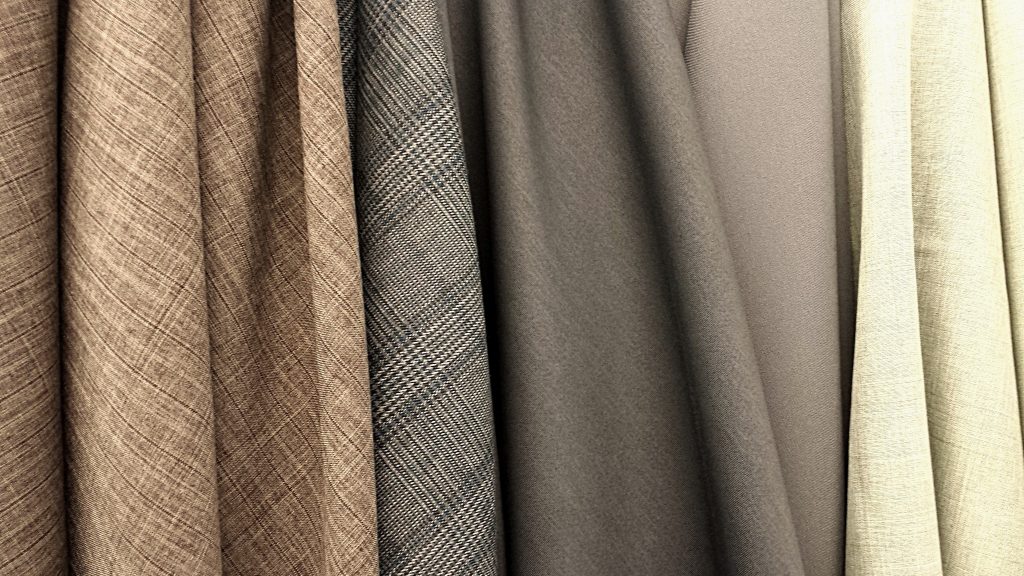
The silver nanoparticle is a metallic silver substance with nanometer particle size. Silver nanoparticles, with a particle size of about 25 nm, can strongly inhibit and kill dozens of pathogenic microorganisms such as Escherichia coli, Neisseria gonorrhea, and Chlamydia trachomatis, and there is no worry about drug resistance. All kinds of daily necessities made of nanosilver have a good antibacterial effect.
Key features:
1. Particle size is less than 100nm, generally between 25-50nm.
2. The properties of the silver nanoparticles are directly related to its particle size.
3. The smaller the particle size, the stronger the sterilization performance.
Antibacterial properties
- Broad-spectrum antibacterial
Silver nanoparticles directly enter the bacteria and combine with the oxygen metabolism enzyme (-SH) to suffocate the bacteria. Thus, the silver nanoparticle is able to kill most of the microorganisms that come into contact with them. Generally, an antibiotic can kill about 6 kinds of pathogens, while a nanosilver can kill hundreds of pathogenic microorganisms including bacteria, fungi, trichomoniasis, mycoplasma/chlamydia, and Neisseria gonorrhoeae.
- Strong sterilization
According to research, silver ions can kill more than 650 kinds of bacteria in a few minutes even in a low concentration.
- Strong permeability
Silver nanoparticles have super permeability and can quickly infiltrate into subcutaneous 2 mm to sterilize. Silver nanoparticles have a good bactericidal effect on deep tissue infections caused by common bacteria, stubborn bacteria, drug-resistant bacteria, and fungi.
- Repair and regeneration
Nanosilver can contribute to wound healing, promote the repair and regeneration of damaged cells, and improve the microcirculation of tissues around the wound.
- Long-lasting antimicrobial activity
Silver nanoparticles can gradually release silver ions in the human body to achieve long-lasting antibacterial effects.
- No drug resistance
The silver nanoparticle is a non-antibiotic bactericide, which can quickly and directly kill bacteria before they reproduce. Therefore, the offspring with drug resistance cannot be produced.
Applications
- Superconductivity
Using a light sintered body made of 70nm silver powder as a heat exchange material can make the working temperature of the refrigerator reach 0.01-0.003K, and the efficiency is 30% higher than that of traditional materials. The introduction of nano-silver into the synthesis of superconducting materials has greatly promoted the development of the field of superconductivity.
- Catalysis
Silver nanoparticles can be used as catalysts for a variety of reactions. In the process of laser dissociation of polystyrene and polymethyl methacrylate, the addition of silver nanoparticles leads to the carbonization of the polymer and induces graphitization at the interface. At the same time, the interface reaction between silver nanoparticles and polymethyl methacrylate changes the transformation mode of laser energy and weakens the laser carbonization effect. In a word, the addition of silver nanoparticles changes the absorption and conversion of laser energy in the polymer system, which leads to the change of laser dissociation.
- Surface enhanced Raman spectroscopy
Silver nanoparticles can be used as the matrix of surface enhanced Raman spectroscopy (SERS). According to the electrical properties of molecules, choosing silver nanoparticles with different electrical properties can obtain strong SERS spectra, and then expand the research scope of SERS. At the same time, due to the ultrafast nonlinear optical response near the surface plasma oscillation absorption peak of silver nanoparticles, scientists have found that large nonlinear polarizability can be obtained by doping silver nanoparticles into semiconductors or insulators. This characteristic can be used to make optoelectronic devices, such as optical switches and color filters of advanced optical devices.
- Textile
As people’s requirements for textile products increase, nanosilver is increasingly being used in functional fabrics, making the fabrics have multiple functions such as moisture absorption, perspiration, and antibacterial. The application prospect of nano-silver in the textile industry will become wider and wider.
